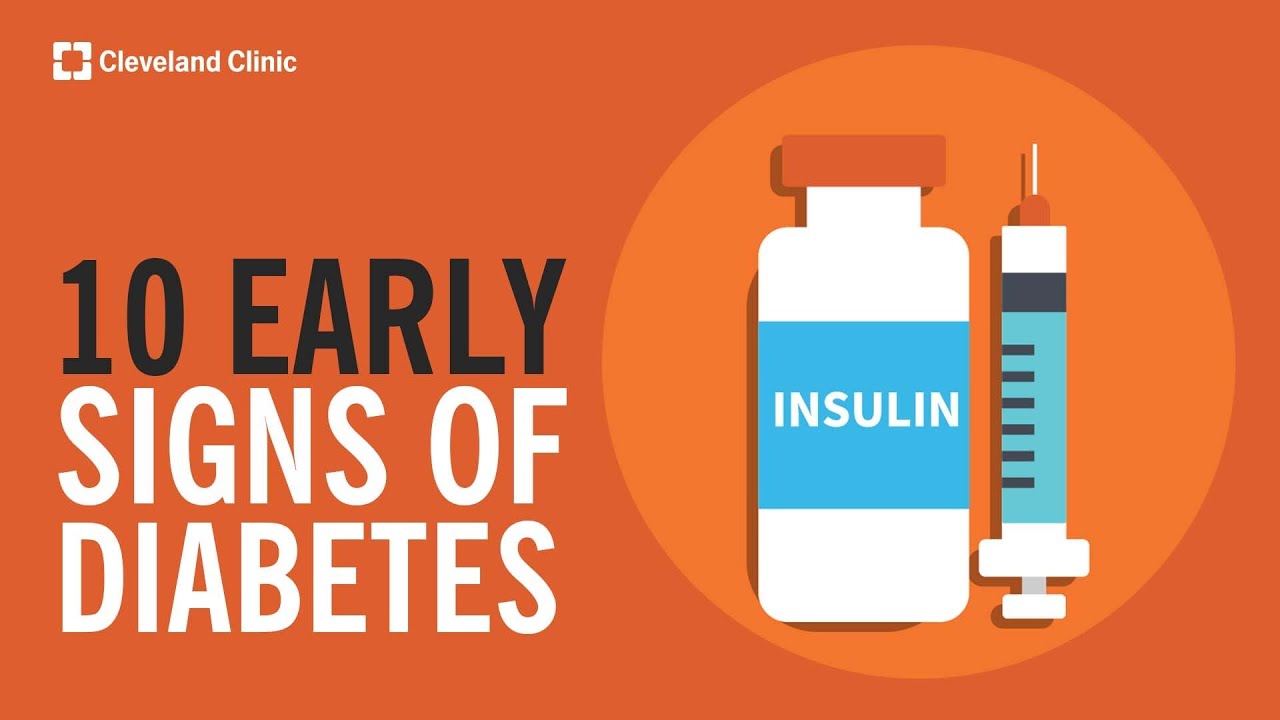COPD ups risk of depression, regardless of comorbidity
Reuters Health • The Doctor's Channel Daily Newscast
NEW YORK (Reuters Health) – Patients with chronic obstructive pulmonary disease (COPD) appear to have a significantly higher risk of becoming clinically depressed than healthy individuals and patients with another common chronic condition — diabetes mellitus.
“The relationship between depression and COPD was described before, but what this study adds is that we found a temporal relationship. In other words, COPD did lead to a higher risk for a diagnosis of depression,” said Lisette van den Bemt from Radboud University Nijmegen Medical Centre, The Netherlands.
She and her colleagues note in the January issue of Chest, “It seems that the increased risk of depression is not the result from having a chronic disease in general but is specific for COPD.”
Clinicians “should be aware of the higher risk of depression in patients with COPD,” van den Bemt told Reuters Health. “Especially since there are treatment options for depression and reduced mood and emotional functioning can enhance dyspnea — one of the key symptoms of COPD.”
In their study, the research team compared the risk of a first diagnosis of depression in 999 patients with COPD, 978 with diabetes, and 2494 matched control subjects without chronic conditions.
In total, 5.5% of the overall population of patients with COPD or diabetes could not be included in the study because of an existing history of depression.
According to the investigators, the hazard ratios for a first diagnosis of depression in the COPD patients were 1.8 compared to the diabetes group and 1.68 compared to controls.
“Comorbidity,” the authors note, “is a well-established phenomenon that was found in 85% of the patients with COPD in this study but did not result in higher risk for depression in patients with COPD compared to healthy control subjects and diabetes mellitus patients.”
“Patients with COPD have a higher probability of a first episode of depression at any time…compared to patients with diabetes mellitus and control subjects,” the researchers note.
Reference:
Chest 2009;135:108-114.








